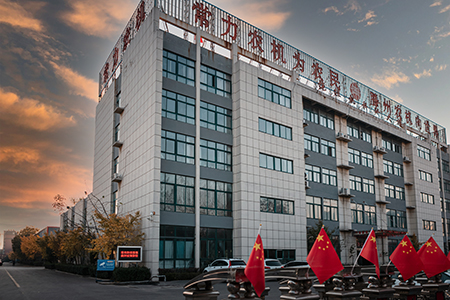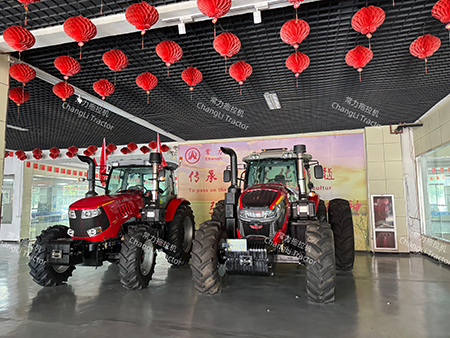Analysis of the Impact of the Latest Dynamics of the Tractor Industry and Internationalization Policies on Enterprises' Exports
I. Internationalization Policy Trends and Export Support Measures
China's farm machinery export value increased by 12% year-on-year in 2024, mainly due to the national policy to promote the internationalization of farm machinery. For example, the “List of Maximum Subsidies from Central Financial Funds for Agricultural Machinery of the National General Category in 2024-2026” explicitly increases subsidies for high-end products such as power-shift smart-control tractors up to 74,700 yuan, encouraging enterprises to enhance their technological competitiveness in order to open up overseas markets. In addition, the government through financial support, international personnel training and industry chain integration to support enterprises to “go out”, such as China Agricultural University and Brazil, Southeast Asian countries to establish a scientific and technological institute, to promote technology export and market expansion.
2. The export market layout and strategy adjustment
China's tractor exports are mainly concentrated in Russia, Ukraine, Bangladesh and other traditional markets, but enterprises are accelerating to Central Asia, South America, Africa and other emerging markets. For example, Cosmos Agricultural Machinery radiates Central Asia through the Ukrainian project and plans to establish a localized service network in Russia. Meanwhile, the Southeast Asian market has become a key region for small crawler tractors due to the strong demand for rice mechanization.
3. The future outlook
In 2025, China's tractor exports are expected to achieve structural growth driven by policy support and technology upgrades, with key markets shifting to countries along the “Belt and Road”, and products iterating in the direction of high-end, intelligent and green. Enterprises need to grasp the subsidy-oriented (such as crawler tractor special subsidies) and changes in market demand, while strengthening risk management (such as exchange rate fluctuations, geopolitics) to ensure sustainable development.






